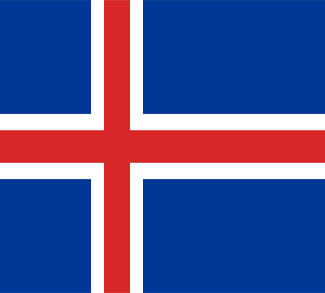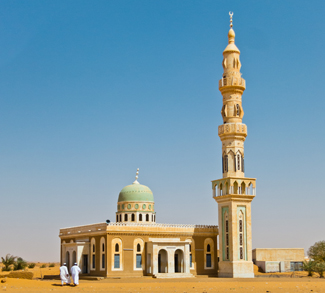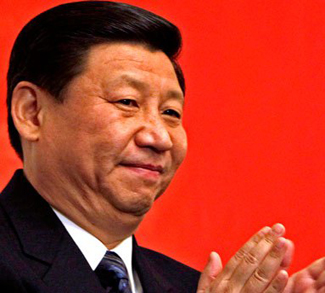For several cultural and historical reasons, Iceland is often classified as a Nordic or Scandinavian country. The country was subjugated by the Danish and Norwegian monarchies between the 13th and 20th centuries, which is why substantial pockets of Iceland’s population today have ancestries traceable to parts of Scandinavia. The Icelandic language too is derived from the same North Germanic linguistic roots that Swedish, Danish and Norwegian stem from.
Politically-speaking, Iceland has certain traits in common with Scandinavia, such as gender equality. But Iceland also has a lot in common with Britain: in both islands, the free market economy reigns, and a strong emphasis is placed on freedom, self-reliance and individualism.
Today, not only do 76% of Icelandic women participate in the labour market, which is the highest of any OECD country, but men in Iceland are also able to take up to nine months of paternal leave. The country is also steadily moving towards full wage equality between both sexes; in 2007 it stood at 90%.
There is a very high female participation rate in Icelandic politics: in 2003, female MPs constituted 30% of the Althing. Iceland has a unique history of female political participation: during the late 19th century and early 20th century, women’s organizations, which were highly cohesive and organized, were one of the primary providers of rudimentary social welfare provisions to families. This sets Iceland apart from Sweden and Denmark, where government stepped in as the primary provider of rudimentary welfare beginning in the 1890s.
Unlike Sweden, Denmark, Norway or Finland that were consistently governed by social democratic or labour parties in the postwar period, Iceland was dominated by its right-wing Independence Party after 1945. While the other Scandinavian countries have historically had a strong and united Left as well as organized labor, Iceland has followed a different track, one in which these political forces were weak and fragmented. After 1930, Iceland’s already-weakened left split into two parties: the Social Democrats and the Socialist Party. Iceland’s Social Democrats attracted an average of 15% of the vote in the postwar period while their Swedish and Norwegian brethren were winning outright majorities at times.
Why has the right-wing Independence Party dominated Iceland in the postwar period? Some political scientists have argued that the Independence party has ‘hegemonized’ the country’s political system because it places an emphasis on freedom and independence, an issue that still resonates with Icelandic voters given the fact that the country only attained full independence from Denmark in the 21st century. While social rights have been institutionalized in Sweden, Norway and Denmark, in Iceland the emphasis on individual freedom and individual rights is stronger, and this is a political trait that Iceland has in common with Britain. Scandinavian countries are also characterized by mixed economies, but in Iceland the free market economy reigns, just as it does in Britain. While Iceland does have a high employment rate similar to those of Scandinavian countries, its taxation levels are relatively low. Moreover, In 2003, an Icelandic political scientist, Stefán Ólafsson, argued that the party system in Iceland is starting to look like the British system where there are two political towers dominating the politics in both countries: in Britain, the Tories and the Labour Party, in Iceland, the Independence Party and the Social Democratic Alliance.
Icelandic exceptionalism among the Nordic countries can also be seen with regards to its welfare provisions. Even during the heyday of welfare states, Iceland did not have a strong social safety net. Just like Britain, the jewel of Iceland’s modern welfare system is public health care. Some Scandinavian historians have accounted Iceland’s weak social policy to its late development and late independence from Denmark. Icelandic governments focused primarily on developing and expanding Iceland’s economic infrastructure and pursuing an active industrial policy meant to catch up with other West European economies. As a result, social policy was left on the backburner in Iceland after 1944.
In many important respects therefore, Iceland deviates from the Scandinavian countries. It shares several political traits with Britain, but ultimately, it has an identity that was moulded by its unique history.




